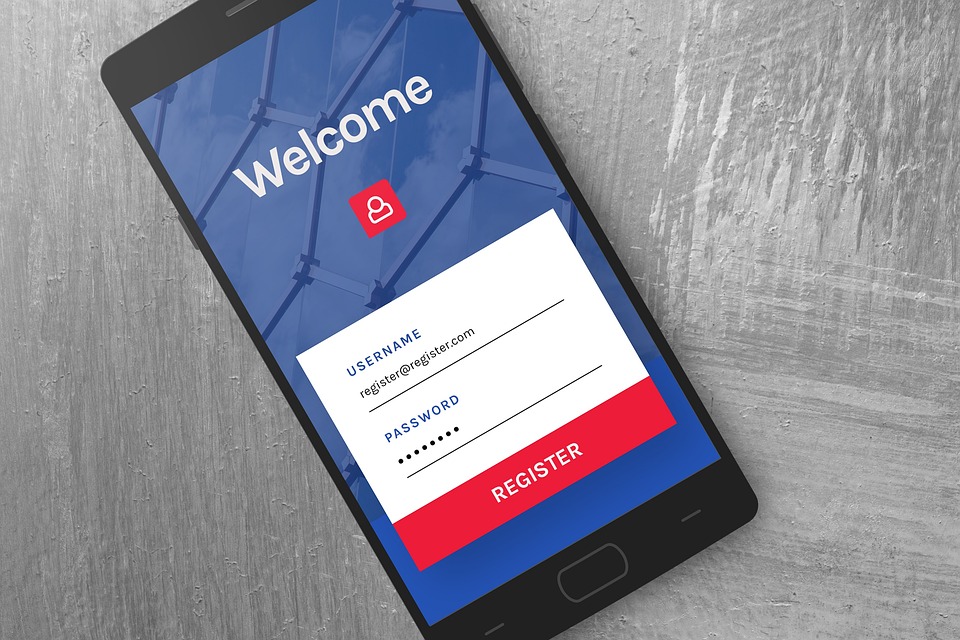Embarking on the journey of creative web design can be both challenging and rewarding, especially for beginners in the field. As you navigate through the intricacies of design principles, color palettes, user interfaces, visual elements, and coding, each step unfolds a new layer of possibilities.
The process of transforming a blank canvas into a captivating digital experience requires attention to detail and a keen eye for aesthetics. But how does one truly bring all these elements together seamlessly? Let's explore the foundational steps that lay the groundwork for a successful web design project.
Understanding Design Principles

To embark on a successful journey in web design, it is crucial for beginners to grasp the fundamental principles that underpin effective design practices. Learning web design starts with understanding design principles that form the backbone of creating visually appealing and user-friendly websites. These web design principles encompass aspects such as layout, typography, color theory, and usability.
Layout is a key element in web design, determining how information is structured and presented on a webpage. It involves arranging elements like text, images, and navigation in a way that is visually balanced and easy to navigate. Typography plays a vital role in enhancing the readability and overall aesthetics of a website. Choosing the right fonts, sizes, and spacing can greatly impact the user experience.
Color theory is another fundamental aspect of web design principles. Understanding how colors interact and evoke different emotions can help designers create harmonious color schemes that resonate with the target audience. Usability focuses on making websites intuitive and easy to use, ensuring that visitors can navigate and interact with the site effortlessly. By mastering these core design principles, beginners can lay a solid foundation for creating engaging and functional websites.
Choosing the Right Color Palette
When selecting a color palette for a website, designers must carefully consider the psychological impact of colors on user experience and brand perception. In web design, color plays a crucial role in conveying the brand's message, establishing visual hierarchy, and evoking specific emotions. A well-chosen color scheme can enhance user engagement and create a memorable browsing experience.
In creative web design, choosing the right color palette involves understanding color theory and the relationship between different colors. Designers often start by selecting a primary color that represents the brand's identity and values. This primary color is then complemented by secondary and accent colors to create a harmonious palette that reflects the brand's personality.
It is essential to consider factors such as contrast, readability, and accessibility when finalizing the color palette. High contrast between text and background colors improves readability, while ensuring accessibility ensures that users with visual impairments can navigate the website comfortably. By thoughtfully selecting colors, designers can create visually appealing websites that resonate with their target audience and effectively communicate the brand's message.
Creating Engaging User Interfaces

Incorporating a well-crafted color palette is just the first step in creating engaging user interfaces that captivate visitors and drive interaction on a website. To truly enhance user experience in UI web design, elements like intuitive navigation, clear call-to-action buttons, and visually appealing layouts play a crucial role. Web design inspiration can be drawn from various sources, such as studying successful websites, exploring trends, or seeking guidance from a creative web design agency.
When designing user interfaces, it's essential to prioritize simplicity and functionality while also infusing creativity to make the website memorable. A balance between aesthetics and usability is key to keeping visitors engaged and encouraging them to explore further. Engaging user interfaces should not only look visually appealing but should also guide users seamlessly through the website, ensuring a smooth and enjoyable browsing experience.
Incorporating Visual Elements
An essential aspect of creating captivating user interfaces in web design is the strategic integration of visual elements that enhance the overall aesthetic appeal and user experience. When considering web design ideas, it is crucial to draw inspiration from various sources to stay updated with modern web design trends. Incorporating visual elements such as high-quality images, videos, icons, and graphics can significantly elevate the look and feel of a website.
To achieve a visually appealing design, it is important to maintain consistency in color schemes, typography, and overall layout throughout the website. Using whitespace effectively can also help in creating a clean and modern web design that is easy on the eyes and enhances user engagement. Additionally, implementing responsive design principles ensures that visual elements adapt seamlessly to different screen sizes, providing a consistent experience across devices.
Writing Clean and Efficient Code

To optimize website performance and streamline development processes, mastering the art of writing clean and efficient code is paramount in web design. Clean code refers to well-organized, readable, and easy-to-understand code that enhances collaboration among developers and reduces the likelihood of errors.
Efficient code, on the other hand, focuses on optimizing speed and performance, ensuring that the website runs smoothly and loads quickly for users.
In the realm of web design and development, learning how to write clean and efficient code is essential for creating high-quality websites. By adhering to best practices and coding standards, developers can produce code that is not only functional but also maintainable and scalable. This approach not only benefits the website's performance but also simplifies the debugging and updating processes in the long run.
Testing and Launching Your Website
Ensuring the functionality and reliability of your website through thorough testing is a critical step before launching it to the public. Testing your website is essential to guarantee that all features work as intended, across different devices and browsers. Conducting usability tests, checking for broken links, and verifying the responsiveness of your design are all crucial aspects of the testing phase in web design development.
Once the testing phase is complete, it's time to prepare for the website launch. Before making your website live, ensure that your web design portfolio is up to date and showcases your work effectively. Double-check that all content is accurate and optimized for search engines. Additionally, consider using web design software to streamline the launch process and make any final adjustments.
After all testing is done and you are satisfied with the results, it's time to launch your website. Monitor its performance post-launch and be prepared to make any necessary tweaks to ensure optimal functionality and user experience.
Frequently Asked Questions
How Can I Ensure My Website Design Is Accessible to Users With Disabilities?
To ensure website design accessibility for users with disabilities, prioritize features like alternative text for images, proper heading structure, keyboard navigation, color contrast, and clear and simple language. Regular testing, incorporating user feedback, and adhering to WCAG guidelines are essential.
What Are Some Common Web Design Mistakes to Avoid as a Beginner?
Understanding common web design mistakes as a beginner is crucial. Avoid cluttered layouts, poor color choices, slow loading times, lack of mobile optimization, and ignoring user experience. Regularly test and seek feedback to improve your design skills.
How Can I Optimize My Website for Search Engines?
To optimize your website for search engines, implement relevant keywords, create quality content, improve site speed, ensure mobile responsiveness, use meta tags, and build backlinks. Regularly monitor performance with analytics tools and stay updated on SEO best practices for sustained success.
What Are Some Best Practices for Responsive Web Design?
Responsive web design best practices include mobile-first approach, fluid grids, flexible images, and media queries. Prioritize user experience across devices, test on various screen sizes, optimize performance, and ensure content adapts seamlessly. Consistency, simplicity, and accessibility are key.
How Can I Protect My Website From Security Threats and Hackers?
To safeguard your website from security threats and hackers, implement strong passwords, keep software updated, utilize SSL certificates, regularly back up data, employ security plugins, enable firewalls, conduct security audits, and stay informed about emerging threats.










